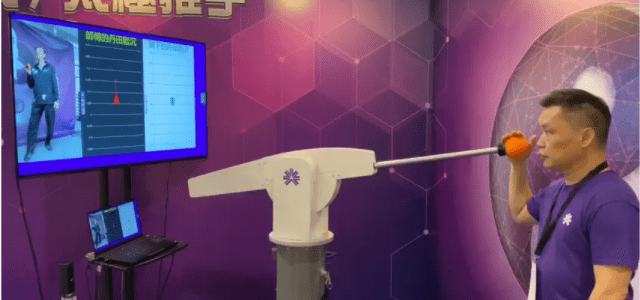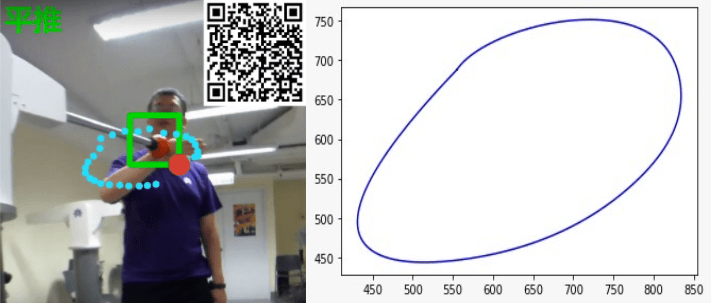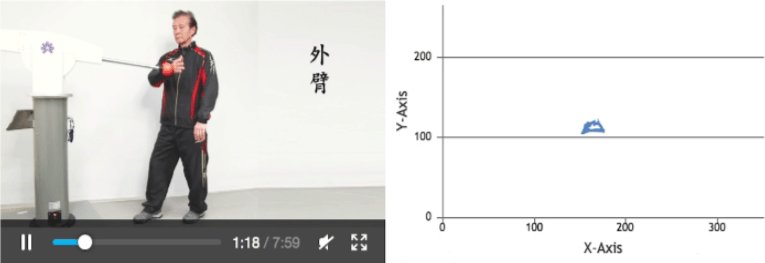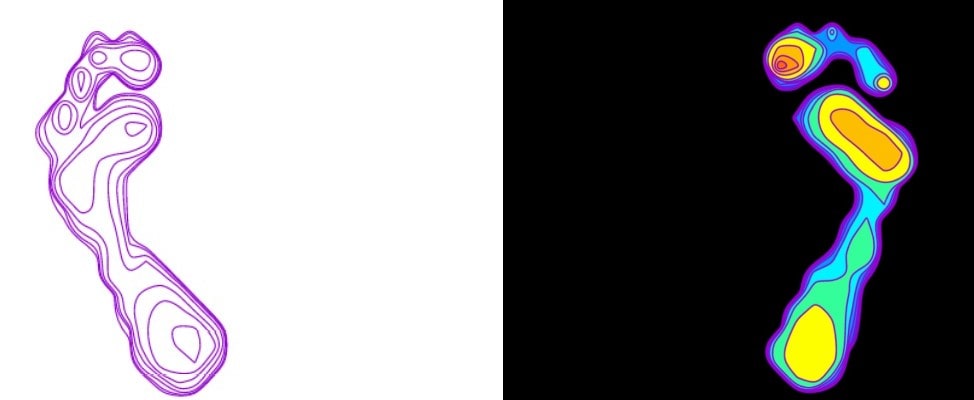Machinery DevOps

We've been serving in the domain of sports science since the beginning.
Over the years, several DevOps projects were completed to facilitate the usage and efficacy of Tai Chi exercise machineries,
which act as a partner of 'Push-Hands' while providing real-time feedback to the practitioner.
Machinery DevOps
Curve detection & processing toolbox
Our Client owns a mechanical motion recorder and different versions of motion player to provide practitioners a guidance point’s trajectory.
Important DevOps involves include data denoising; curve smoothing; motion curve visualization; troubleshooting; and data transformation for the compatibility, convention of coordinatizations and data formats for the interuse of these machines.

Machinery DevOps
Monocular motion sensing & analytics system
While our Client is a mechanical motion player giving guidance by constrianted on trajectory of a hand, Tai Chi emphasizes on motion of the whole body;
therefore this system was developed to provide whole body motion monitoring and analysis by a single webcam.
Later, our R&D project concluded that visualization of the center of gravity could serve as biofeedback to help practitioners and hence was desginated as one focus of the system.

Machinery DevOps
Plantar pressure sensing system
To further study the external force of a practitioner, we developed a software system that could boost the performance of the hardware designed by our Client using techniques transferred from the field of computer vision.
More specifically, we borrowed the idea of super-resolution to enhance the visualization of the plantar pressure from pixelated input to vector output.
We also computed the center of pressure to serve as biofeedback for practitioners.

Machinery DevOps
DevOps for ergonomics
In an upgraded version of the mechanical motion player, ergonomics was the focus. To help our Client to make the mechanical motion player be responsive to a practitioner's height, we worked in two aspects:
a height-measuring mechanism by computer vision to be input to the motion player, and an adjustment of the machine motion trajectory in scale for the player's output.

Machinery DevOps
Expertise
- Framework: Eel, HTML, Javascript, Python
- Database: SQLite
- CSS: Bulma, Bootstrap
- Visualization: Canvas, D3.js
- Machine Learning: Tensorflow.js, PoseNet
- Communication: TCP/UDP, WebSockets programming
Machinery DevOps
On going/ Coming soon...
- Temporal data analysis on derived quantity ("Qi") from time series

 .
014
.
014